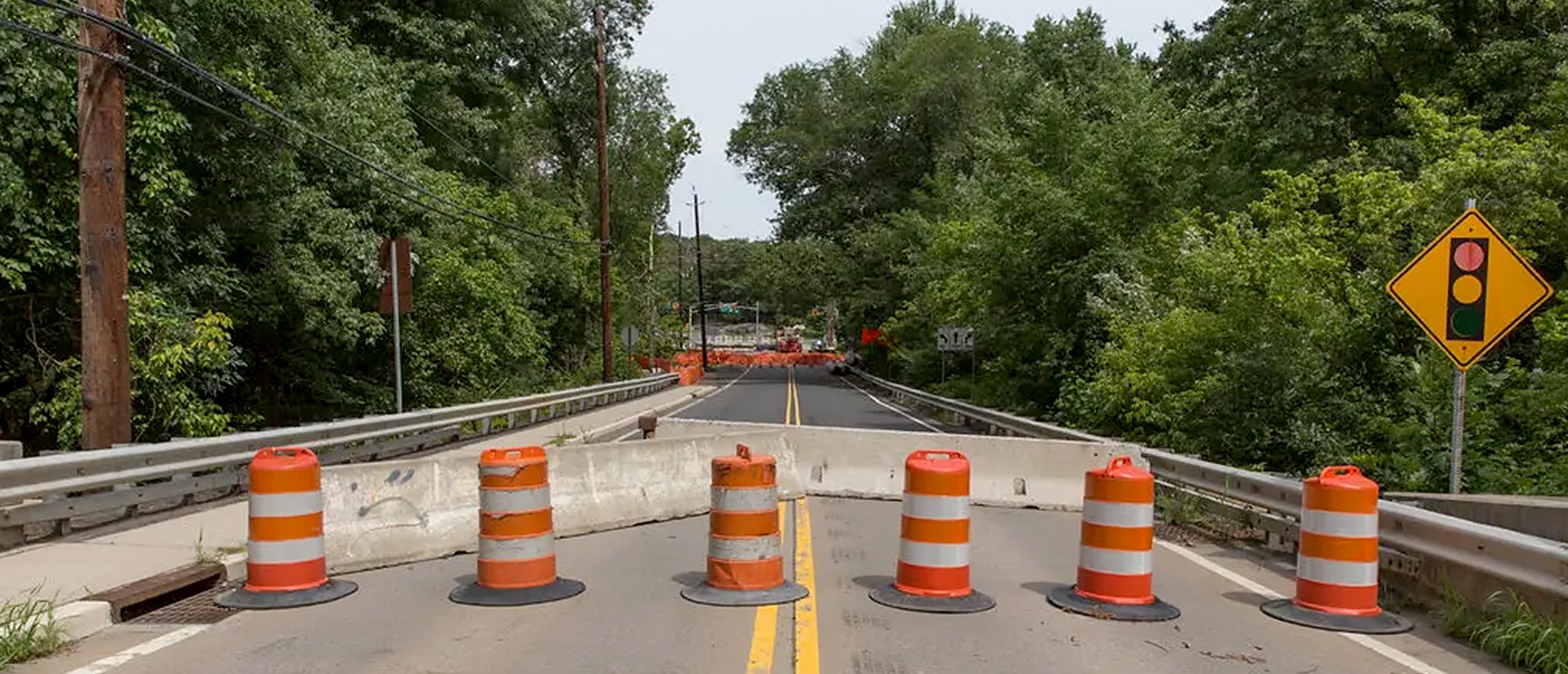How To Reinvent Infrastructure
There was only one reference to the deficit in last night’s State of the Union speech, and it had nothing to do with the federal budget. I found that refreshing — we can carry a deficit if the money’s spent wisely — but that’s another story. What President Trump talked about was America’s staggering infrastructure deficit, a whopping $2 trillion fault line in the backbone of the American economy, according to the latest estimates from the American Society of Civil Engineers.
The president’s proposal sounded like an ambitious plan to take a big bite out of the problem. He urged Congress to produce a bill that would “generate at least $1.5 trillion” to modernize our decrepit infrastructure. The problem — at least for Democrats — is that the bulk of the financing is apparently supposed come from private investors, who would ultimately shift most of those costs onto to the public in the form of user fees and tolls. Most Democrats won’t sign onto this kind of legislation.
Yet without the support of many Democrats, there can be no bill. So where does that leave us?
Doing nothing is itself costly. As water mains break, roadways deteriorate and bridges crumble, businesses forgo trillions in sales, families lose an estimated $3,400 a year in disposable income, and our economy sacrifices millions of jobs. That’s why Larry Summers, the former Democratic Treasury secretary, urged the next president to “go big — yuge, even — on infrastructure spending.”
If Democrats were in control, they would be pushing not only for the brick-and-mortar projects the president spoke of last night, but also for enormous investments in high-speed broadband and renewable energy. Unfortunately, the president wants to spend more money on 20th century technology — so-called clean coal — instead of modernizing our electric grid and reorienting our economy away from coal and other fossil fuels.
So, how can Democrats find a way to get things into an infrastructure bill that (a) are good policy and things they would want anyway and (b) can be tied to goals of the Trump administration and a certain number of moderate Republicans in Congress?
If done right, infrastructure can actually deliver in four areas the president emphasized again and again in his speech last night: a boon for the economy and the Trump administration; addressing the high cost of health care; tackling the opioids epidemic ravaging the country; and the safety of the American people.
Mr. Trump talked about repealing the individual mandate, but offered no plan to make good on his campaign promise to give every American health care. He talked about opioids and helping people get treatment but offered no specific plan to deal with the crisis. He talked about terrorist threats and keeping Americans safe but said nothing about the threat of epidemics and bioterrorism.
What Democrats can propose that will touch on all those areas: a national network of community health centers (C.H.C.s).
“America is a nation of builders,” the president said. A bipartisan plan for hundreds of C.H.C.’s across America would reduce the cost of health care, bring down premiums, deal with the opioid crisis and help keep Americans safe by serving as centers of preparedness for epidemic and bioterrorist events.
America’s health care system is a costly, bureaucratic mess, and virtually every American knows it. C.H.C.s will improve health outcomes, remove primary care from insurance coverage and reduce the cost of health insurance premiums. Bringing premiums down will be critical for Mr. Trump, because according to CBO, repealing the individual mandate will drive insurance premiums up by as much as 10 percent for millions of Americans.
C.H.C.s can also serve as treatment centers for services related to the opioid epidemic. They can also act as treatment centers of preparedness for epidemic and bioterrorist events, helping to keep Americans safe.
The blueprint such a bipartisan plan already exists. Democrats and Republicans just need to come together to build on it. Community health centers already provide services to millions of Americans, and they do it at an exceptionally low cost — less than $1,000 per person per year. For a fraction of what we’re paying now, we could provide a free base of primary care with mental health and dental care as part of a large-scale buildout of community health centers.
They already claim bipartisan support. Of course, with a plan of this size and scale, C.H.C.s would offer bureaucratic challenges.
But they may offer a bipartisan way forward as an infrastructure plan that doubles as a health care plan.

